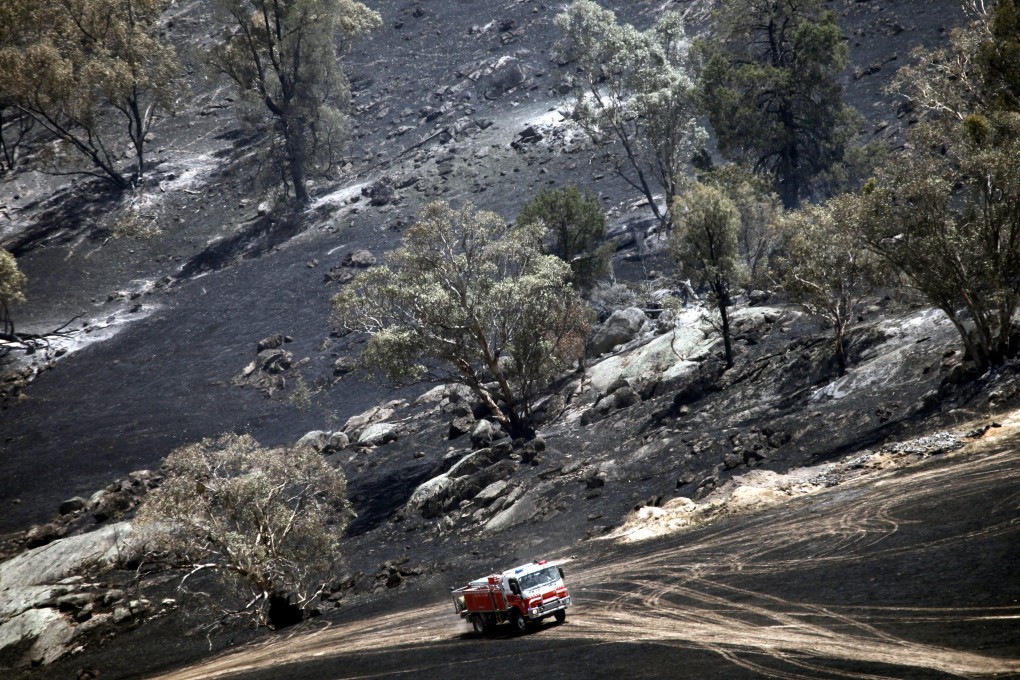Grassland blazes are biggest source of carbon emissions from wildfires, Chinese study says
- The fires account for almost half of all emissions from open biomass burning, a study of satellite data concluded

Grassland fires contribute more to global carbon emissions than any other type of wildfire or agricultural burning, new research by Chinese scientists has concluded.
They are the largest source of emissions from open biomass burning – the burning of organic matter in forests, shrub lands, grasslands, peatlands and farmland – according to the team from the Aerospace Information Research Institute, part of the Chinese Academy of Sciences.
The researchers developed a global daily inventory of emissions from open biomass burning using satellite data.
“OBB [open biomass burning] releases significant amounts of trace gases, particulate matter, and greenhouse gases, which are major atmospheric pollutants and have profound impacts on the global carbon cycle, climate, and air quality,” according to the paper published in Earth System Science Data last week.
The researchers pointed out that these fires are hard to monitor because of their sporadic and unpredictable nature, but said: “Accurately estimating these emissions is crucial for devising effective environmental policies.”
It also warned that some parts of the world, such as the Amazon rainforest, Australian bush and parts of the United States, have seen a notable increase in large-scale fires in recent years.
